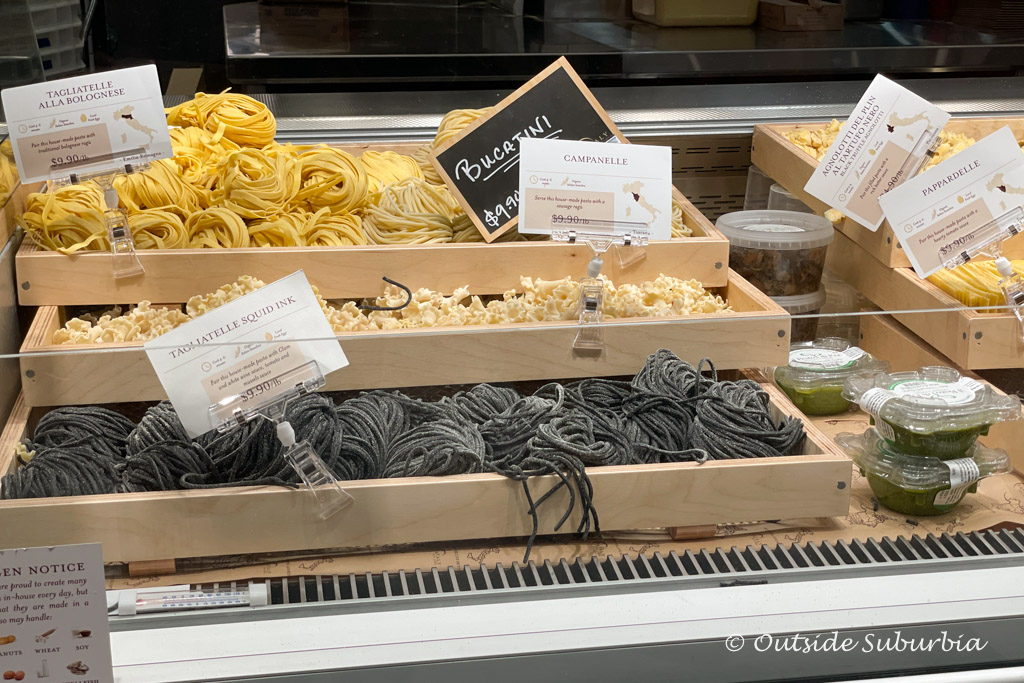Over the past few months, I’ve discussed several challenges retail is facing due to the pandemic, but it’s worth noting that some retail categories are actually thriving in this new normal. One of those is grocery stores.
The Industrious is currently working with a large European grocery chain that’s dealing with an unusual challenge: they now have an opportunity that the rest of retail doesn’t. Their demand isn’t dropping, they have an influx of cash, and they have a chance to move forward and evaluate the next steps in their evolution.
While delivery services are taking away some of their in-store traffic, those services don’t take away their business. So they don’t have as many people walking through their aisles and coming across things that aren’t on their shopping lists — but they’re still going to get their sales.
And that presents a massive opportunity. If you don’t have to have all that stuff on display since fewer people are coming through your store, what could you do to drive more revenue out of the same space? Or to look at it another way,
how can you provide an in-store experience that beats the delivery service?
Imagine a variety of stations where the shopper can evaluate different products, taste them, and use his smartphone to add them to a virtual cart — and then, when he leaves the store, everything he’s selected is already packed up and ready to go. He can pick it up as he walks out, or if he prefers, it can be delivered right to his house.
And thanks to the newly available space that’s no longer devoted to offering 18 different brands of tuna, maybe there’s an integrated café, or natural wellness classes, or a dedicated kitchen with cooking classes — a variety of novel experiences that create third spaces within the store.
Most importantly, those are all experiences your customer can’t get from Amazon or from a delivery service — you can’t activate the senses of smell and taste online.
Think of the experience at Eataly, which now has seven locations across the U.S., six in Italy, three in Japan, and others across the world in Moscow, Riyadh, Seoul and Stockholm. Each store includes high-end restaurants, you can watch them make fresh mozzarella, you can take cooking classes — they’re offering experiences that reach far beyond just providing high quality groceries.
Compare that to a generic grocery store, where the closest you get to an experience is thumping a melon or checking the date stamp on pre-packaged meat. The consumer takes on all the risk, and the store isn’t there to help her at all. Why would a customer choose to spend 45 minutes shopping and waiting in line at checkout at a store like that, instead of using a delivery service?
Help your customers try and sample and learn, and offer experiences in your store that promote your strengths. The sale is the child of the experience — and too many retailers have gotten out of the experience business.
Please feel free to reach out to me directly here with any questions or thoughts, or click here to download our white paper on responding to the challenges presented by the COVID-19 pandemic.

